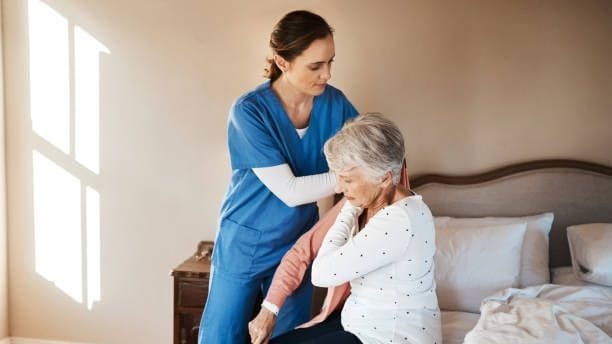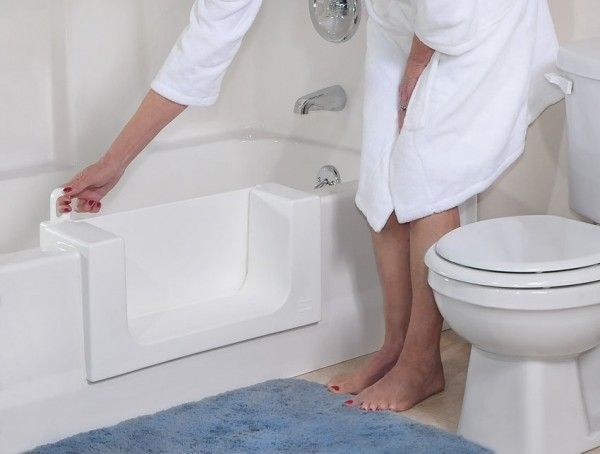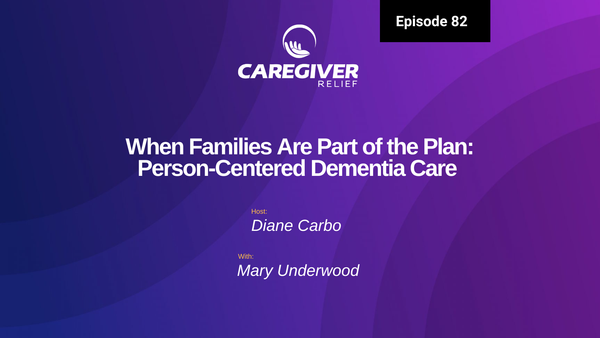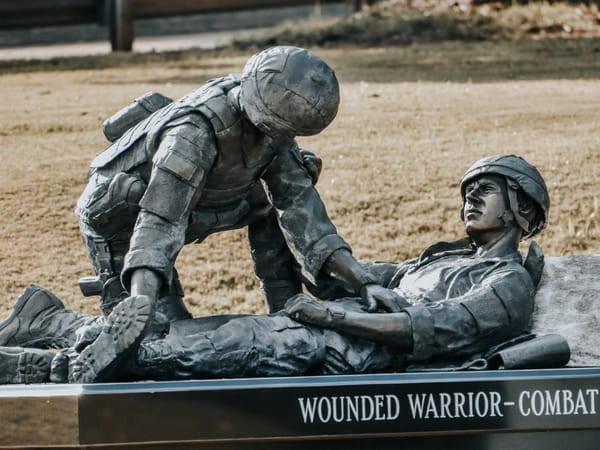Caregiving for Elderly with Dementia: Navigating Dressing Challenges
Learn how to promote independence and respect privacy and dignity when helping elderly loved ones with dementia with their dressing. From promoting independence to creating a routine, these tips can improve the dressing experience for those with dementia.

In our series focused on enhancing the caregiving experience for those dealing with dementia, we delve into the essential realm of daily activities, and today, dressing takes center stage. The act of dressing goes beyond mere clothing; it holds the power to instill a sense of security, elevate well-being, and nurture self-esteem—even within the context of dementia.
During the early and middle stages of dementia, individuals often retain the ability to participate in aspects of dressing and undressing themselves. A simple gesture of laying out their attire or providing gentle reminders might be all that's required to facilitate this process.
Expert Tips for an Enriching Dressing Experience:
· Promote Independence: Nurture independence in dressing and other activities of daily living, allowing your loved one to engage as much as possible.
· Preserve Dignity: Respect privacy and dignity, even if cognitive decline has dulled feelings of embarrassment. Ensuring appropriate dressing behaviors helps maintain their self-worth.
· Offer Gentle Guidance: Employ cues and reminders, especially during the early stages of dementia. These subtle prompts can help them remember when and how to dress.
· Simplify Choices: Reduce confusion by limiting the number of clothing choices in drawers and closets. A simpler selection process can enhance clarity.
· Establish Routine: By maintaining a consistent dressing sequence, such as donning clothes in a specific order, you provide a comforting structure.
· Empower Choice: While avoiding an overwhelming array of options, encourage their autonomy by allowing them to choose clothing when possible.
· Organized Layout: Lay out clothes in an organized manner to facilitate the dressing process.
· Prioritize Comfort: Select clothing and shoes that are both comfortable and appealing.
· Health Considerations: Take into account specific dressing needs related to other health conditions, such as diabetes or circulatory issues.
· Address Frequent Undressing: For individuals who undress frequently, consider using an activity apron to engage their hands and minds.
· Adapt to Their Generation: Recognize that dressing habits may differ from past generations, respecting their uniqueness to prevent potential behavioral challenges.

Further Insights for Effective Dressing Care:
· Ease of Use: Opt for elastic and Velcro closures instead of buttons and zippers to simplify dressing.
· Consistency Matters: Maintain consistency in dressing routines, using similar types of clothing for morning and bedtime rituals.
· Practical Footwear: Choose nonslip shoes to ensure safety, considering potential ambulation assistance needs.
· Weight Fluctuations: As weight changes over time, be attentive to clothing fit and make necessary adjustments.
· Consider Jogging Suits: For ease, consider practical jogging suits, especially if dressing or undressing proves challenging.
· Mindful Choices: For females, consider comfort and individual preferences when deciding whether to use pantyhose and slips.
Dressing and undressing tasks, though not the initial focus of caregiving, become integral as dementia progresses. Those cared for at home can maintain a level of independence for a significant period. By incorporating these strategies when needed, you pave the way for a smoother caregiving journey, enhancing your loved one's comfort, dignity, and well-being.
Our Resources section can help you find the information and tools that you need. We have courses, videos, checklists, guidebooks, cheat sheets, how-to guides and more.
You can get started by clicking on the link below. We know that taking care of a loved one is hard work, but with our help you can get the support that you need.
Click here to go to Resources Section now!
You might also like this article:











